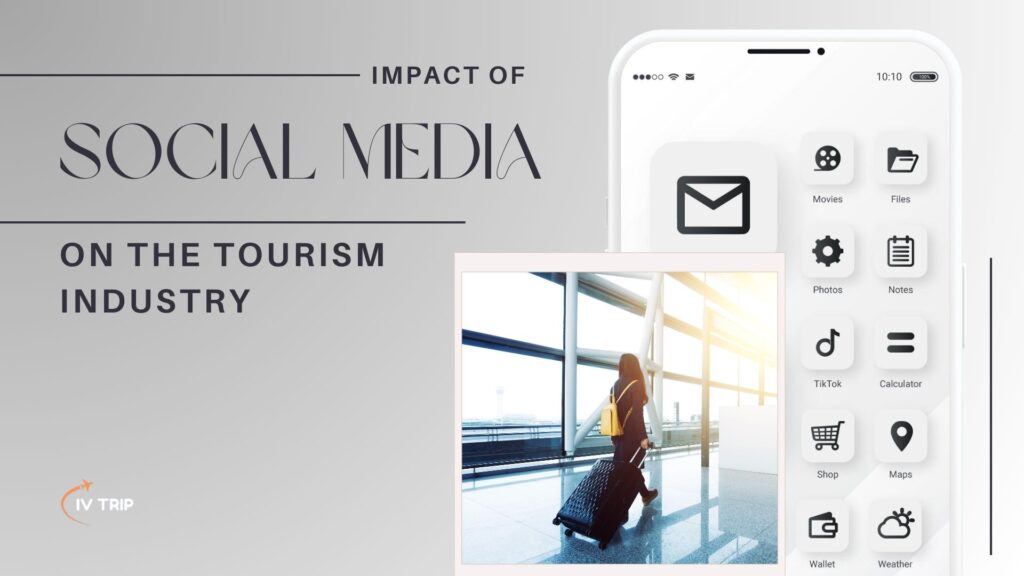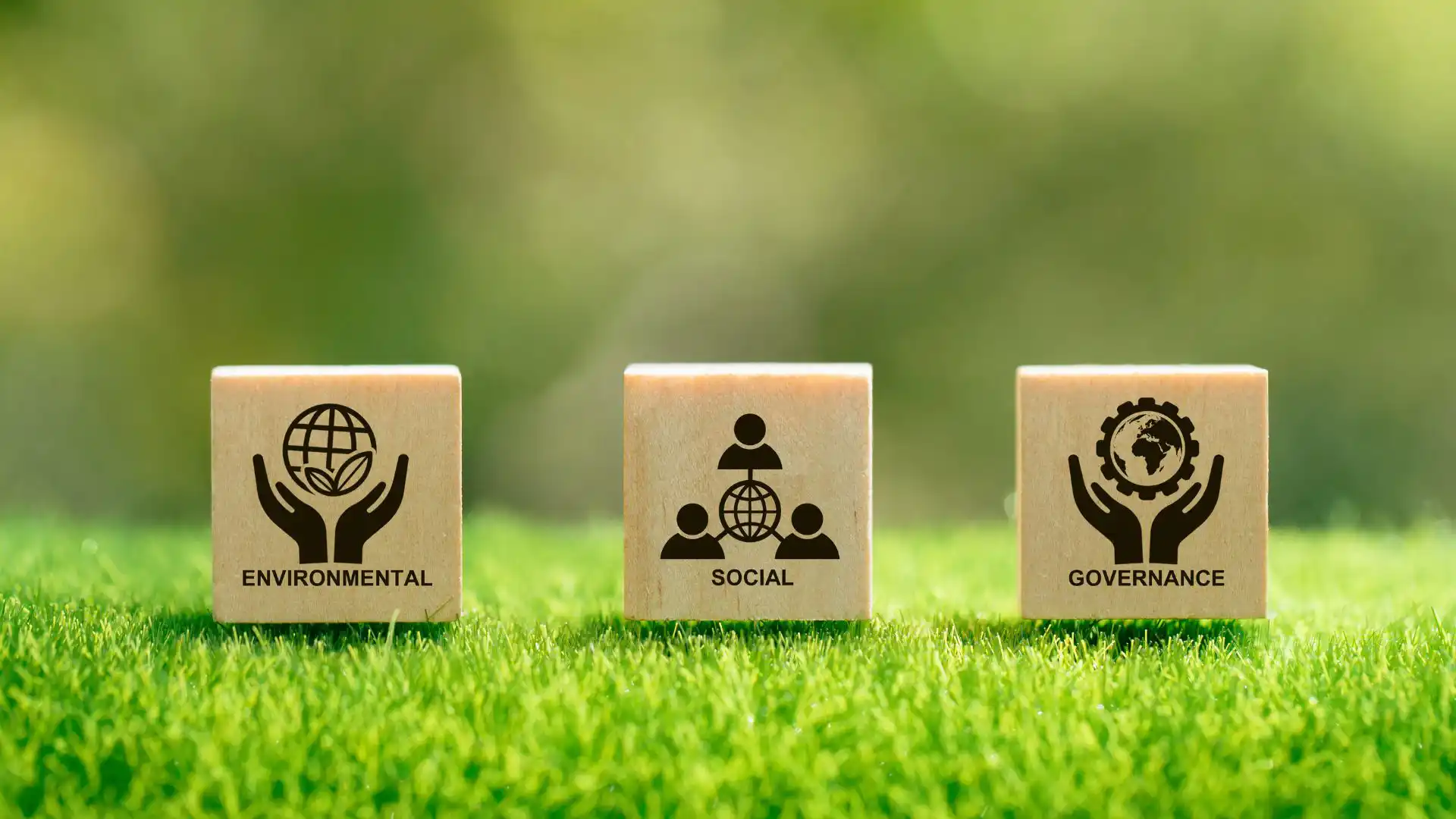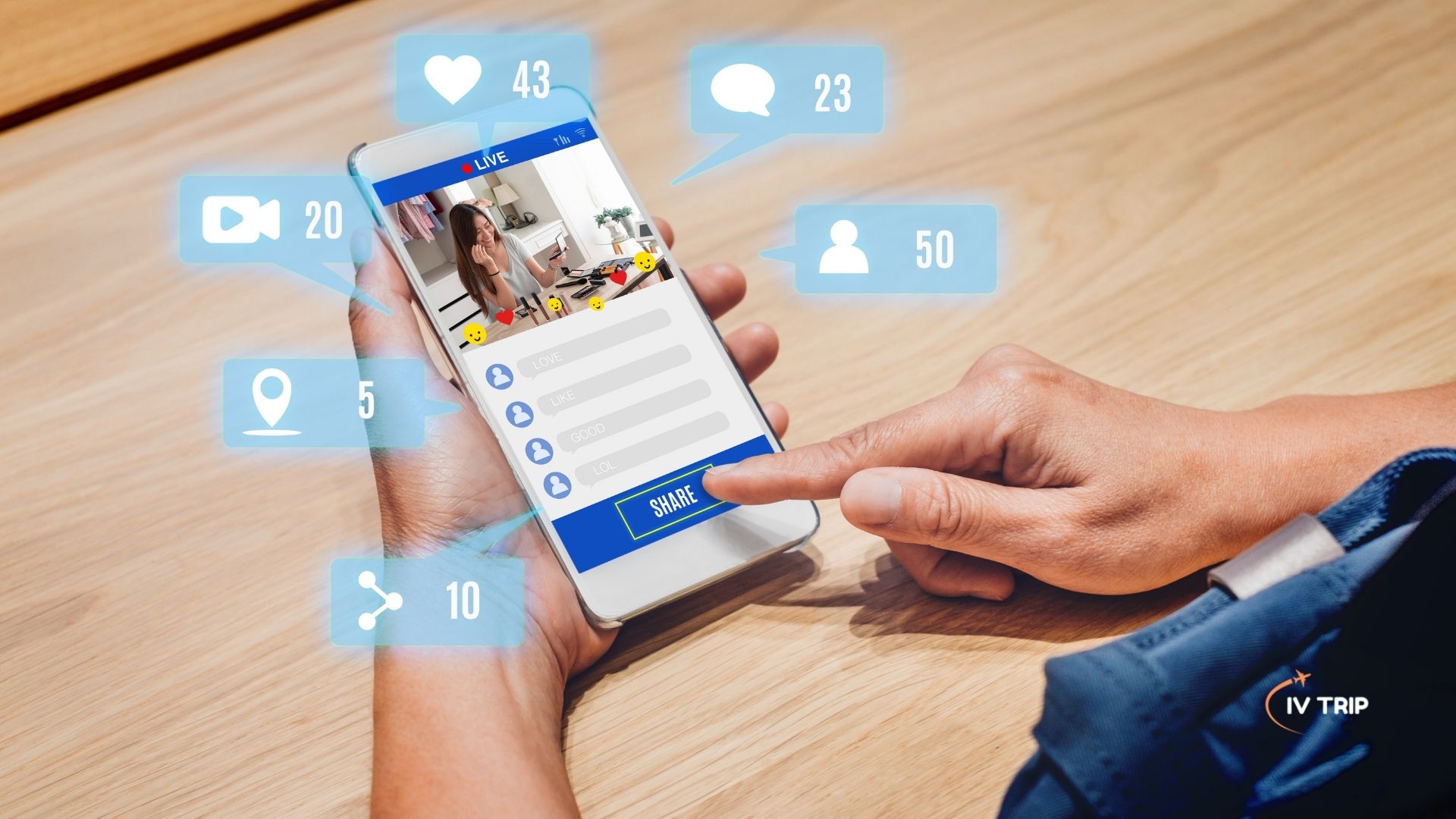The Impact of Social Media on the Tourism Industry

Contrary to using social media to upload pictures for friends and family, it is now transforming industries and one of the most sensitive industries is the travel industry. Be it Instagram or TikTok, these are tools for change-making processes for the way we travel and where to when these platforms are active for the planning of trips. As for no wonder that Instagram, Facebook, and YouTube are so instrumental in traveling.
What is the impact of social media on the tourism industry?
Social media has revolutionized the tourism industry, influencing travel decisions, destination marketing, and overall experiences. It’s a powerful tool for promoting destinations, inspiring travel, and sharing experiences. However, it’s essential to balance the benefits with sustainable tourism practices.
Inspiration and Discovery
It is like having an online friend who is a travel agent. Remember the last stunning coastal scenery shared on Instagram or the last travel video posted on YouTube? – you immediately thought about going there, didn’t you? A survey shows that 60 percent of travelers have mentioned that social media influences them in their travel planning. Anyone checks Instagram, Pinterest, or even TikTok and suddenly realizes that there are places he has never even heard of. Reading about the world from travel bloggers is like having an acquaintance and guide that tours you around, but with pretty pictures to help us dream.
Hence, common tags like #travel or #travelmore have over 200 Million posts, and anyone can scroll through and find their holiday destination of choice, within minutes. This has led to something becoming a trend simply because someone has ‘discovered’ them on his or her social media pages, such as Instagram.

Shaping Travel Trends
Social media does not just motivate followers; it sets trends. How did Bali, Iceland, or Santorini become the new hot destination all at once? Well, that’s the beauty of social media. A few years back, such places were not that famous for tourists, but now, because of travel influencers, they started going viral. From Cappadocia in Turkey to the Faroe Islands, today we have such uniqueness on the tip of our tongues, all because beautiful places make them unique.
As research shows, more than 70% of millennials make decisions on travel for the best photo opportunities. Environmentally friendly travel, spas, and well-being, adventurous travel is also gaining popularity because many people are trying to make purchases and experiences with such themes after having seen them on such websites. First off, social media also dictates the trends by putting out posts and images that are popular and call for such kinds of trips.
Marketing and Brand Visibility
Any travel company will now testify to the fact that social media has proved to be one of the best marketing tools. Businesses big and small in the tourism and hospitality industries—hotels, airlines, companies offering package tours, and even local tourism promotional boards—rely on social media channels to promote their businesses. Whether it enlightens followers on Instagram accounts, exciting fans again on Facebook, or dancing on videos viral in TikTok, companies can get to hundreds of millions in a matter of clicks.
So it is rightfully stated that 93% of marketers use social media to advertise brands and the travel industry is not an exception. Social media platforms such as Facebook and Instagram enable businesses to market to certain groups of people about age, hobbies, and, among others, travel history. TikTok itself, due to its entertaining and capturing nature, is gradually becoming a hotspot for travel brands seeking a presence on the platform.
User-generated content (UGC) is a massive part of this, given it enhances the ability of social media to engage consumers across the different levels of marketing communication. Another benefit is that should a traveler decide to make a post about their experiences, it becomes free advertising for travel brands. A lot of brands already build programs in which people are asked to share their photos with specific hashtags, making them promoters of their brands when traveling. Statistically, 76 percent of people state that they share their vacation pictures on social media; this triggers other people, who see these photos and might make them consider traveling to the same destination.

The Rise of Influencer Marketing
Travel influencers are the new travel agents and what they are capable of is massive. Travel influencers are individuals who travel for a living and have followers ranging from thousands to millions of audiences. Instead of selling dreams, as advertising does, they design authentic, real-life stories that would click with their customer more than any ad.
According to a survey, 49% of consumers rely on influence when identifying traveling destinations. Tourism brands can involve celebrities to market destinations as they sponsor hotels, airlines, and tourism boards to post advertisements that seem more like recommendations. Such partnerships can make a destination incredibly popular almost overnight.
But there’s a flip side: for others, influencers present rather selective, ideal travel images. That beautiful shot of a Bali sunset or an Icelandic waterfall, while dramatic, might deny a different truth that isn’t evident in those beautiful shots, such as overcrowded tourism centers and environmentally damaging fully mature social places.
Reviews and Recommendations
Social media also plays a part in checking out reviews, as it is not usual anymore to go to a bookstore to leaf through a particular book. People go to sites such as TripAdvisor, Yelp, or even Facebook to check what others are saying about a hotel, a flight, or a tour before making their bookings. Thus, for instance, 95 percent of those who choose a particular destination for travel read other travelers’ reviews on the Internet. These are powerful reviews that can either sink or grow a business, given that travelers prefer the real-life experiences of other travelers to move billboards.
Recommendations are good for the image of a destination, whereas criticism may be detrimental to that image. As a result, a lot of efforts are devoted to reputation management by different travel businesses. Dealing with positive or negative feedback has also become important for the sustenance of consumer confidence.
Do you know that on social media, people started to contribute recommendations? From travel groups and forums on the well-known social site, Facebook to discussions on Reddit to the comments section on Instagram, countless people seek recommendations on where to avoid, what to do, and where to have a bite. This forms a congregation of travelers who are willing to assist each other in real-time with raw travel tips that cannot be obtained in any other literature.

Real-Time Engagement
Such a scene is no longer an unusual scene because customer service is no longer limited to emails or phone calls. Today, many travel companies address consumers’ feedback in real-time mode using such services as Twitter and Facebook. Changes in flight schedules, weather, or issues with bookings require instant replies, and travel enthusiasts will be able to get that through social media.
For instance, airlines deploy the application to address customers’ concerns or keep them posted on flight delays. Accounts in hotels are also vibrant in responding to queries posed by guests through Instagram. Instant communication on social media platforms is not only beneficial in providing satisfactory solutions to the problems faced but also can be combined to foster trust with travelers.
Virtual Travel Experiences
The latest innovation in the traveling industry is VR and AR, and social media is contributing greatly to the technology. As soon as the pandemic set in and close contact and international travel became restricted, people turned to virtual tours and experiences. Indeed, 65% of the consumers stated that they would be willing to visit a location after taking a virtual tour of the place. To entice tourists, travel-oriented brands are now providing virtual tours of current hotels, museums, and famous sights, so tourists get a glimpse of what to look forward to before they even book their tickets.
YouTube and Facebook have created virtual-reality tours through 360-degree videos; Instagram and TikTok allow their influencers and content creators to host live-stream tours of the places.

The Influence of Social Media on Travel Behavior
Social media has also affected our behavior as travelers in the sense that we tend to patronize places we see more often. One of the biggest trends? That image people chase for the perfect shot for their social media accounts, especially Instagram. Travelers nowadays begin strategizing for their travels to capture the best photos. From the famous swing in Bali to the blue streets of Chefchaouen and the turquoise waters of the Maldives, tourists never cease searching for the places that will be popular on Instagram.
This has changed the concept of transport. Some just want that perfect moment to be captured on camera rather than be fully captivated by that moment. It is a phenomenon that has led to discussions on whether it is making the experience better or worse through social media.
Challenges and Opportunities
Indeed, the travel industry has benefited immensely from social media; at the same time raising certain concerns. There are many but the most critical challenge that is currently affecting the industry is overtourism. It puts pressure on infrastructure, depletes local resources, and ruins local infrastructure when destinations that get tagged on social media receive a surge in tourism. Sites like Machu Picchu, Italy’s Venice City, and Thailand’s movie scenery of Maya Bay have all been the beneficiaries of social media shares.
However, social media also offers possibilities for the so-called emerging markets or less recognizable tourist spots. It was virtually impossible for small towns, or those in remote areas to get the acknowledgment they wanted and attract attention, but through the right share on social media platforms, this is now possible. This is particularly the case with sustainable travel destinations, which seem to be growing in popularity as consumers search for green destinations to visit.
The role of social media cannot be questioned in today’s world of the travel industry. From discovery and motivation to interaction, marketing, sharing, and feedback, social media transformed travel and the world. This means that social media integration into travel applications will keep increasing given that billions of users are actively posting, sharing, and consuming content through their social media accounts. While it presents both opportunities and challenges, one thing is clear: currently, the use of social media is a significant aspect of travel, and it has become quite standard.

